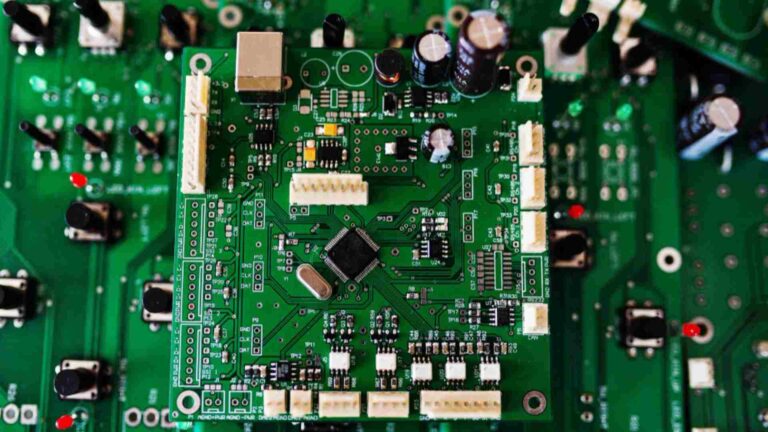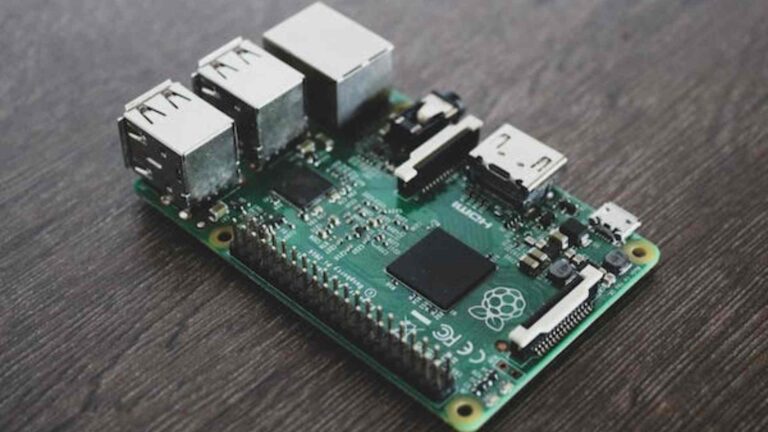Motherboards that Support Dual Graphics Cards? A Complete Guide
You may wonder if you plan to have an extra graphics card or to build an ultimate gaming rig. Is it possible to fit two graphics card in one motherboard? Well, the answer to the question depends upon what graphics card you have. To determine whether your motherboard supports dual graphics cards, you must have the right motherboard chipset and two PCle x16 slots. However, multiple factors come out while fitting two graphics cards on a motherboard. These include the number of PCle lanes and form factor the slot has. In this article, we will discuss the each aspect of fitting dual graphics cards on a motherboard.
How Can I Check If My Motherboard Supports Two Graphics Cards?
You need to figure out some aspects, if you want to check whether your motherboard supports two graphics cards or not.
1. What chipset does your motherboard have?
2. Whether the chipset has 2 full x16 slots or not
By doing this, you can easily figure out the significance of motherboards.
1. Motherboard Chipset for two Graphics Cards
The model of your motherboard chipset is helpful in determining whether it supports dual graphics cards. Both AMD and Intel have various motherboards.
| Intel | AMD |
| H and B series in the midrange and budget segments | A and B series in the midrange and budget segments |
| Z series in the premium market segment | X series in the premium market segment |
Support for dual graphics cards depends upon whether you have two NVIDIA graphics cards or two AMD graphics cards.
2. Motherboard Chipset for Dual NVIDIA Graphics Cards
The motherboard must support SLI, if you have two NVIDIA graphics cards. Some of the chipsets that support SLI are here.
1. Intel Z series like the Z590
2. AMD X series like the AMD X570
3. AMD B series like the AMD B550
It shows the importance of motherboard chipset for dual NVIDIA graphics cards.
3. Motherboard Chipset for Dual AMD Graphics Cards
If you have two AMD graphics cards, a motherboard must support crossfire. A more comprehensive range of motherboard chipsets supports AMD Crossfire more than NVIDIA SLI. These are the following.
1. AMD X series like the X570
2. AMD B series like the B550
3. Intel Z series like the Z590
4. Intel B series like the B560
5. Intel H series like the H570
It is worth noting that the specific chipsets such as the Intel H*10 chipsets, H410 & H510 outright, AMD A series chipset and AMD A520 lack support for dual graphics card. Generally, it is half of the story what chipset your motherboard has and whether the chipset supports two graphics cards. Consequently, you must have the right amount and types of slots.
4. Motherboard Chipset for Dual PCle X16 Slots with Enough Lanes
Another significant characteristic is the PCle slot that determines whether your motherboard supports dual graphics cards. However, you must have 2 PCle x16 slots on the motherboard. If a motherboard has two PCle x16 slots, it does not mean it will handle two graphics cards. All the PCle x16 slots are not created equally. You must have two x16 slots capable of running in the x16/x4 way or x8/x8 mode. You need these slots for NVIDIA SLI. You need minimum two PCle x16 slots for AMD Crossfire, capable of working in the x8/x8 or x16/x4 configuration. You must have knowledge about the PCle lanes before discussing the x8/x8 or x16 slot.
What are the PCle Lanes?
The number after the letter ‘’x’’ in x16, x8, x4 and x1 generally represents the number of PCle lanes a slot has. PCle lanes are like information highways which carry data back and forth from the expansion card and CPU installed on the slots. A slot has more information because of the number of these PCle lanes. Low-demanding cards such as Wi-Fi network require less PCle lanes than more demanding devices such as graphics cards. A computer has the number of PCle lanes which is determined by the CPU and the motherboard chipset you have. The higher the number of PCle lanes a computer has, the more demanding graphics cards it can interface with.
How Many PCle Lanes does a Graphic Card Need?
You can install the most demanding expansion cards on a PC, requiring 16 lanes or an x16 slot. Moreover, there is a connector on the graphics card such as x16 size. Most importantly, it does not fit in any other slot. Your graphics cards can also function at a lower lane count.
1. AMD graphics cards can run on x4 slots along with four lanes.
2. NVIDIA graphics cards can run on an x8 slot along with eight lanes.
Downloading a graphics card need 16 lanes to work at its full potential. Moreover, it loses a bit of performance when installed on an x4 or an x8 slot.
Does NVIDIA Motherboard Support SLI?
You need to have two PCle x16 slots capable of running in the x8/x8 mode, if your motherboard supports two NVIDIA graphics cards in SLI mode. The following motherboard has 3 x PCle x16 slots.
1. The 1st PCle x16 slot works in x8 or x16 mode.
2. The 2nd PCle x16 slot works in x0 or x8 mode.
3. The last PCle x16 slot works only in x4 mode.
You will occupy them in the first and second slots, if you have two NVIDIA graphics cards. Installing the second PCle x16 slot or a graphics card forces the first x16 slot to divide its lane between the second slot and itself. It is important to note that this motherboard supports two NVIDIA graphics cards. AMD GPUs require four lanes to work, while AMD graphics card keep 3 of them.
Frequently Asked Questions
Is it Possible to Run Dual Graphics cards on PC?
Generally, it is not possible to run two graphics cards on the same system. However, they just have to be the same. AMD offers some leeway in choosing two graphics cards.
How Many Graphics Cards Does a Motherboard Support?
Basically, a commercial motherboard supports up to 3 graphics cards (up to 3 AMD graphics cards or 2 NVIDIA graphics cards). Moreover, a workstation-grade motherboard featuring the TRX40 or X299 chipsets, can handle 4 or more AMD or NVIDIA graphics cards.
Conclusion
It is not an easy task to find the motherboards that support dual graphics card. In addition to this, there are several motherboards available that have the potential to run two graphics cards on a single system. The capability of motherboard to run dual graphics cards depends on the number of PCle lanes. The higher the number of PCle lanes, the more graphics cards you can run on your system.


